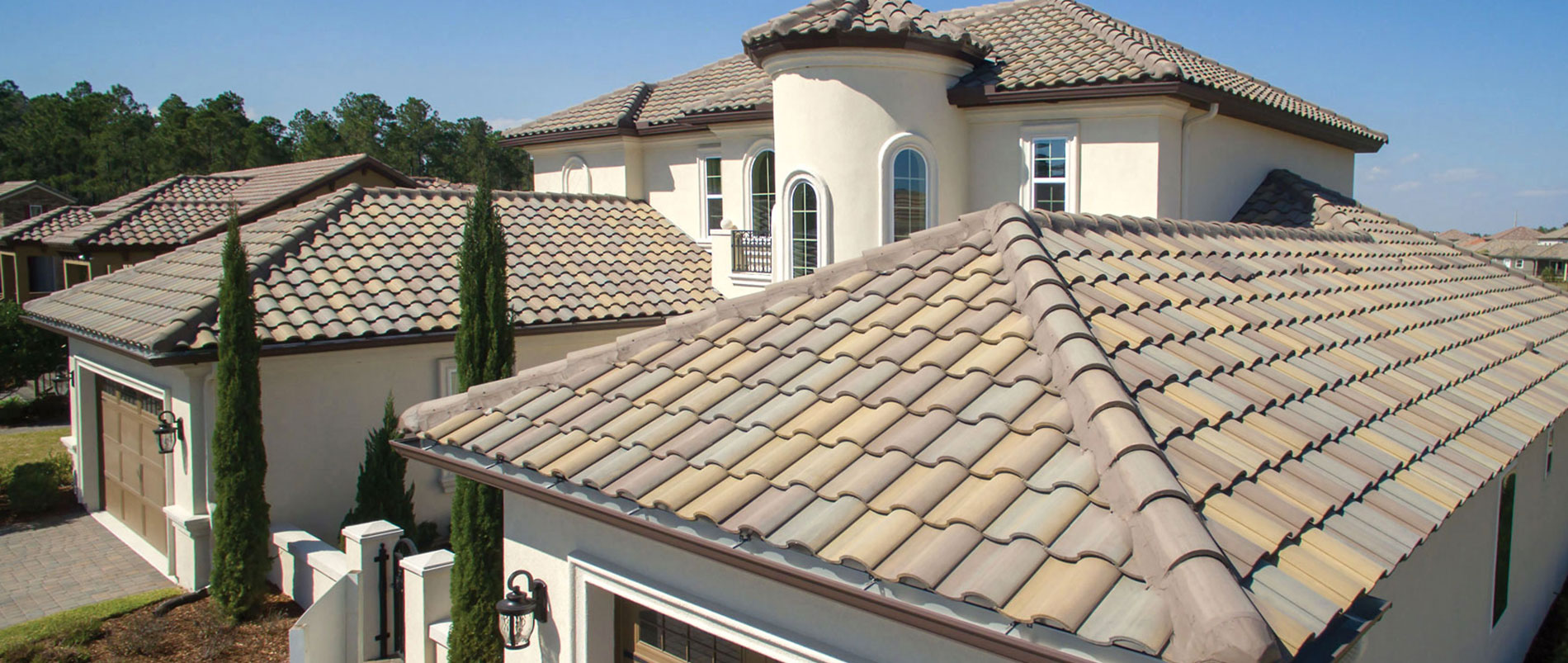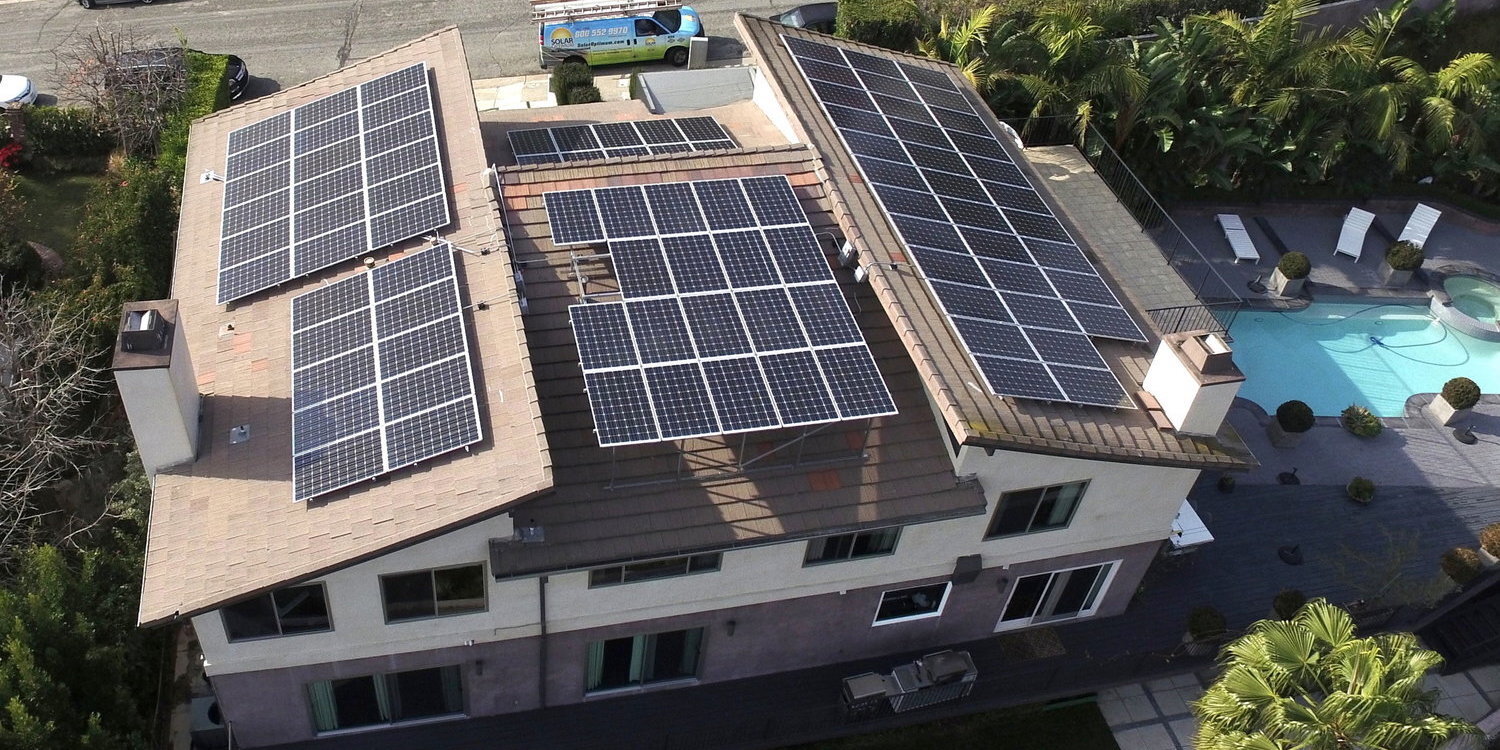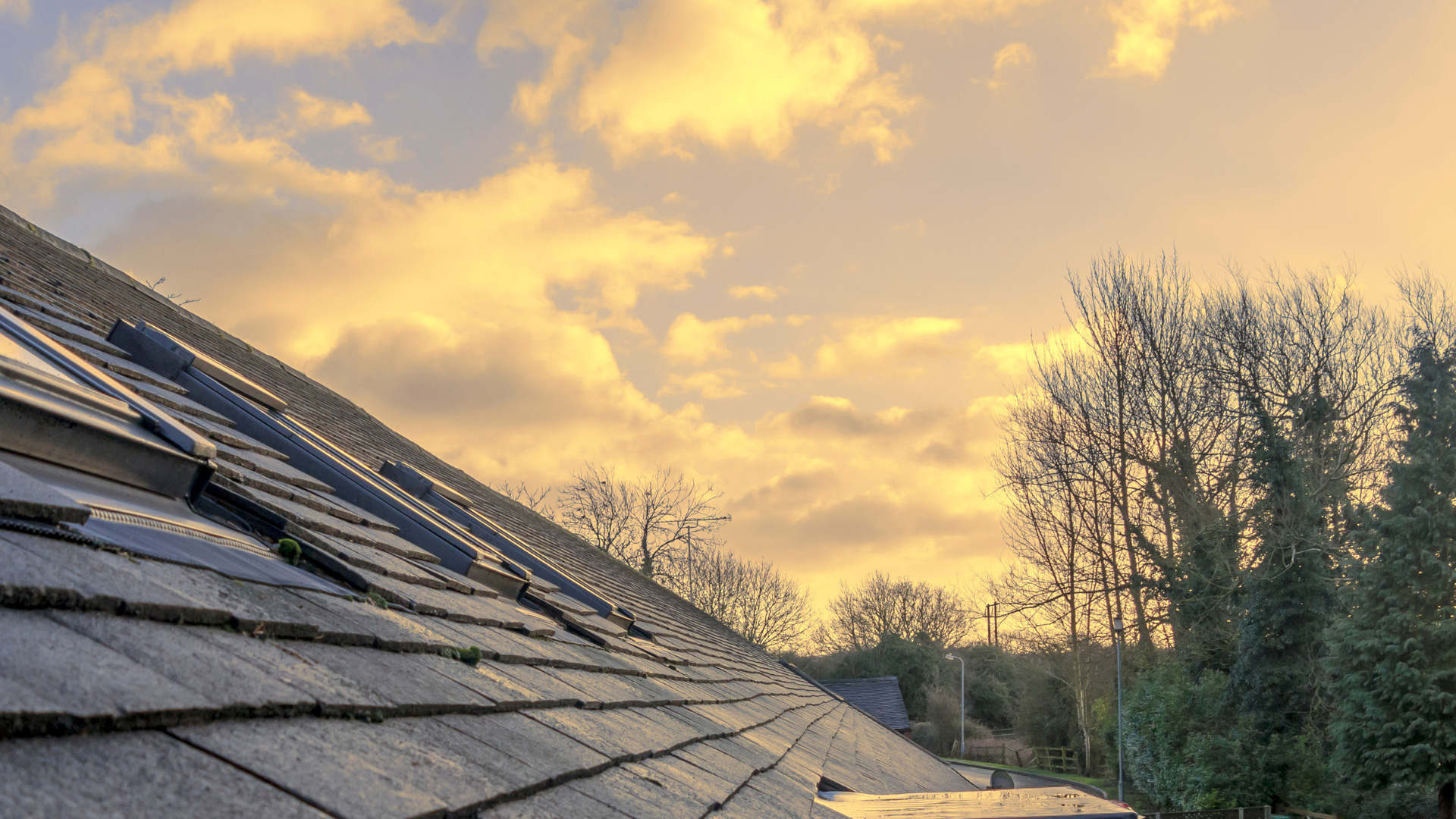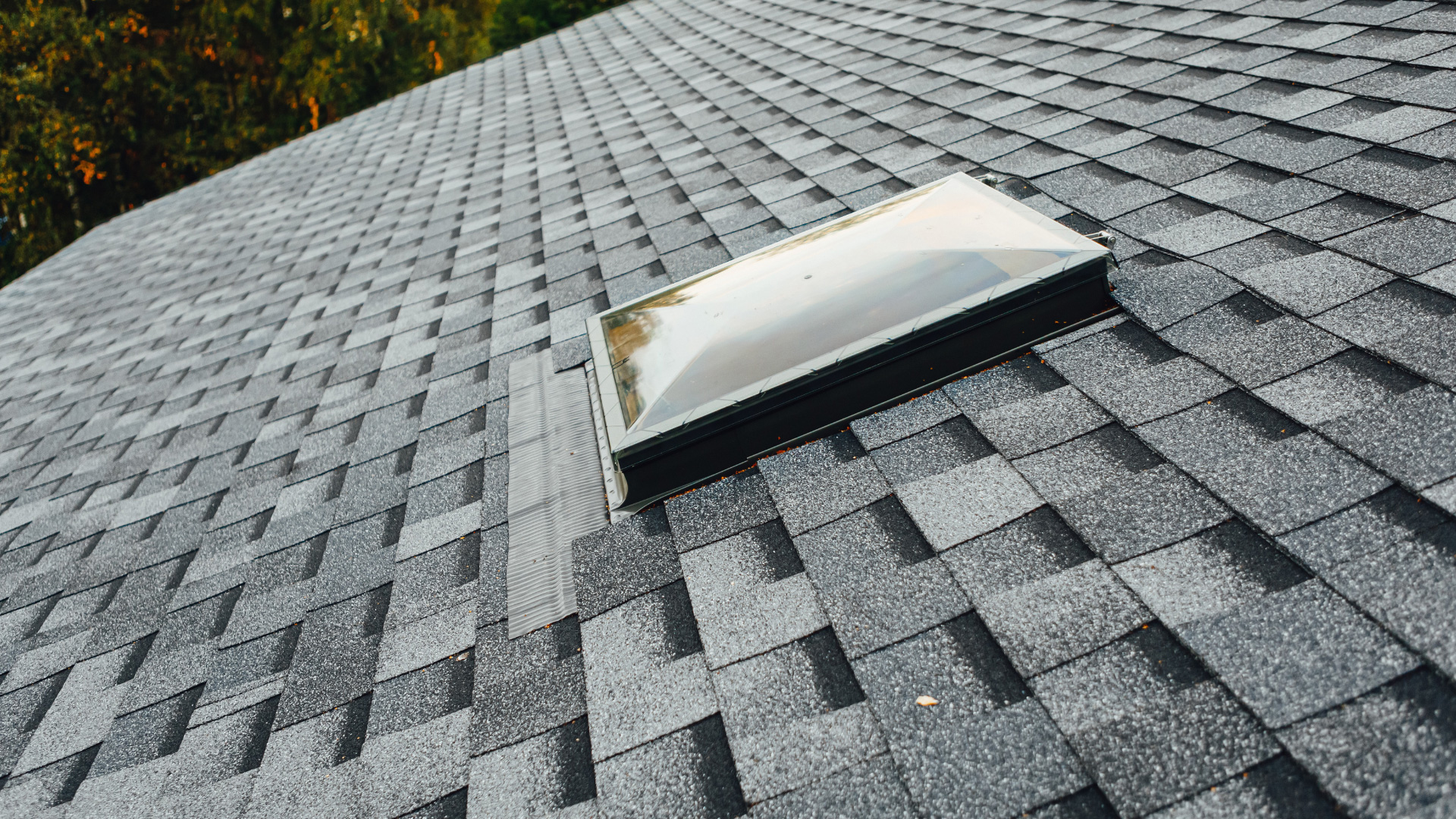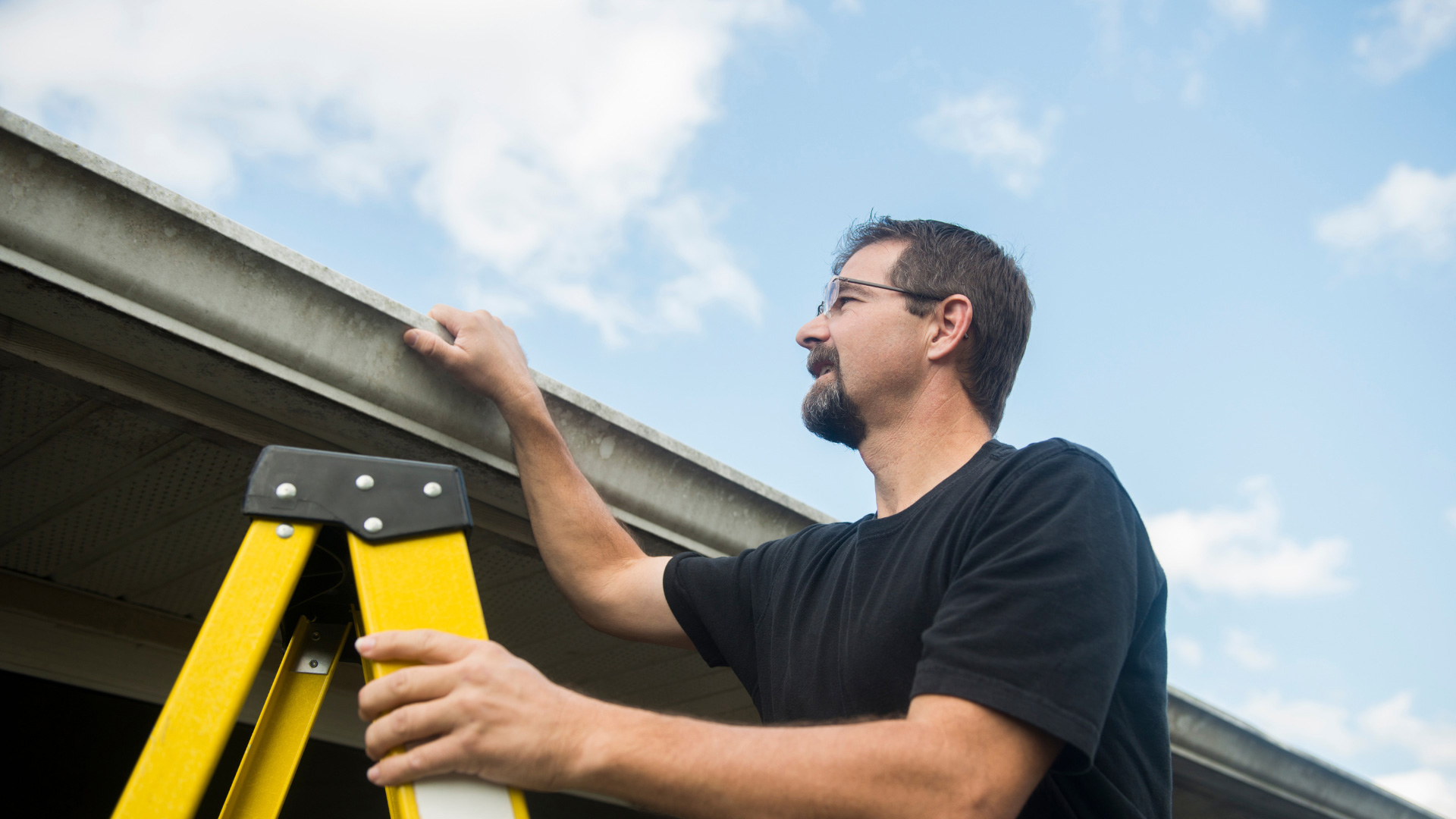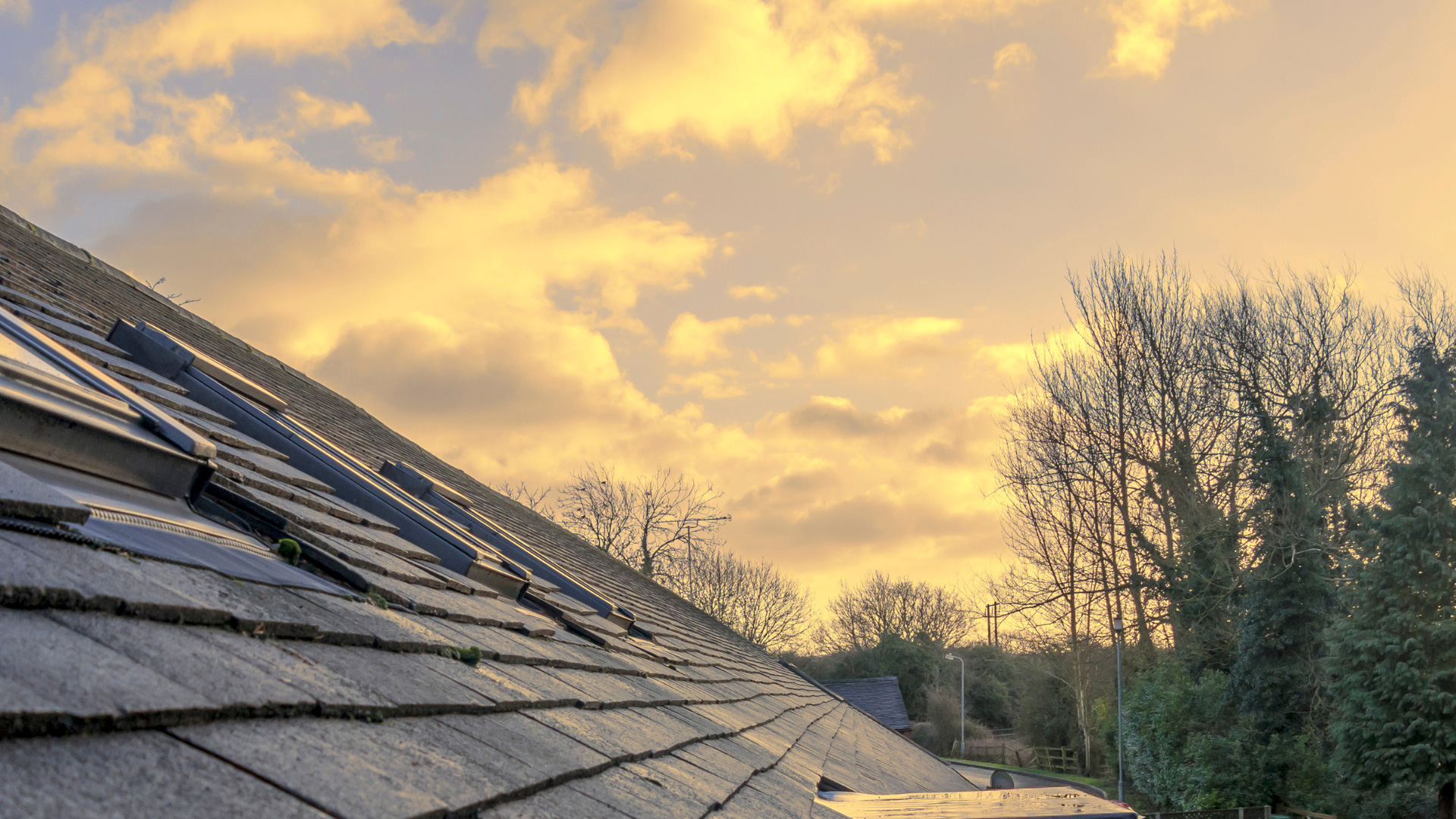For those trying to bring older homes into the 21st century, it’s prudent to consider the relationship between installing solar panels and roof replacement. Solar panels are efficient and produce renewable energy, but they are also heavy and somewhat delicate.
If your roof is old or damaged, it may not be able to safely support the weight of an array of solar panels, leading to a full or partial collapse. A thorough evaluation of the roof structure and its integrity can help you determine if roof repairs or proactive roof replacement is necessary before installing your solar panels.
The Relationship Between Solar Panels and Roof Replacement
Why are roof repairs or replacement often necessary before the installation of solar panels? According to the National Renewable Energy Laboratory, the average weight of a PV module (otherwise known as a solar panel) is between 33 and 50 pounds. Solar panel arrays often consist of ten or more modules, which means over 300 pounds of additional strain on your roof. Even if the damage to your roof is minor, the strain of this additional load could lead to a structural failure.
Likewise, if your roof is nearing the end of its lifespan, the cost of uninstalling and reinstalling the solar panels when time runs out is often much higher than proactively replacing the roof prior to installation.
Roof Compatibility Checklist
There are several factors to consider when evaluating your roof’s ability to support solar panels. Consulting a structural engineer can help you determine your roof’s current weight capacity and if proactive roof replacement is recommended before installing your solar panels. The engineer will assess the following criteria:
1. Age
The age of your roof can help determine its ability to support solar panels. Different roofing materials decay at different rates, but all will eventually need replacement. The length of your roof’s warranty is a great indication of how long the materials used in its construction will be able to withstand the wear and tear of exposure to the elements. If your roof is no longer under warranty, a roof replacement is most likely the safest course of action.
2. Materials
Common roofing materials, such as concrete and wood, all have a range of additional weight that they are capable of bearing safely. A clay tile roof, for example, will have a different load-bearing capacity than an asphalt shingle roof. As clay tiles are stronger and sturdier than asphalt shingles, they will withstand weathering conditions, like those identified by OSTI, with less damage and for longer. This leads to a greater overall lifespan for your roof as well as a higher weight capacity, both of which are important when installing a solar array.
3. Structural Integrity
Damage to your roof, such as that from inclement weather, can impact your roof’s compatibility with the additional strain of a solar array. Even if the damage is localized to just one area, the distribution of weight from the solar modules in the array could place additional strain on the already damaged section of the roof, leading to a partial collapse. Localized roof damage can be repaired and be suitable for solar installation, whereas widespread damage could mean a full roof replacement.
Inspection, Repairs, and Installation – All Under One Roof!
Most new, undamaged roofs are capable of supporting solar panels. By having your roof evaluated by a structural engineer, you can determine if your home falls into this group or if roof replacement or repairs are necessary before you begin solar panel installation. To ensure that your family, your home, and your investment in solar power are safe, Solar Optimum offers both solar panels and roof replacement services in Southern California.

